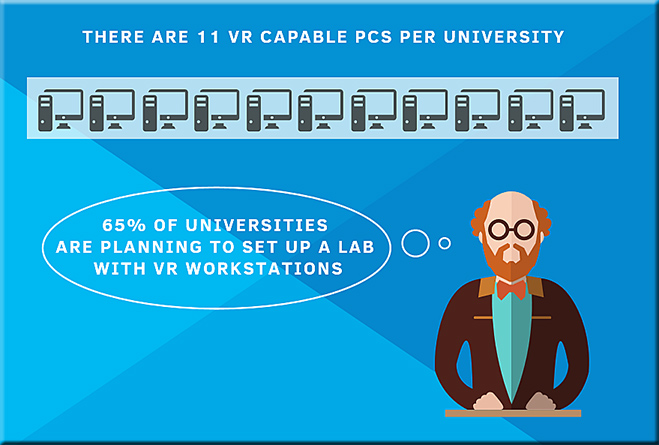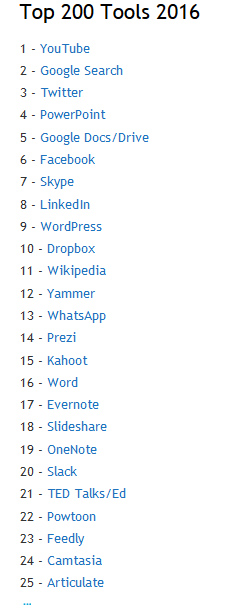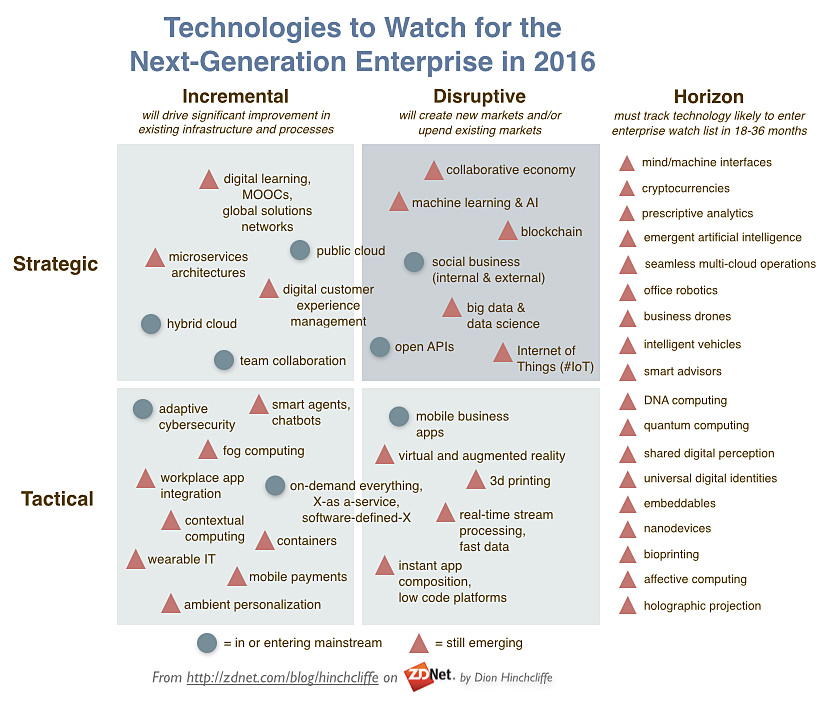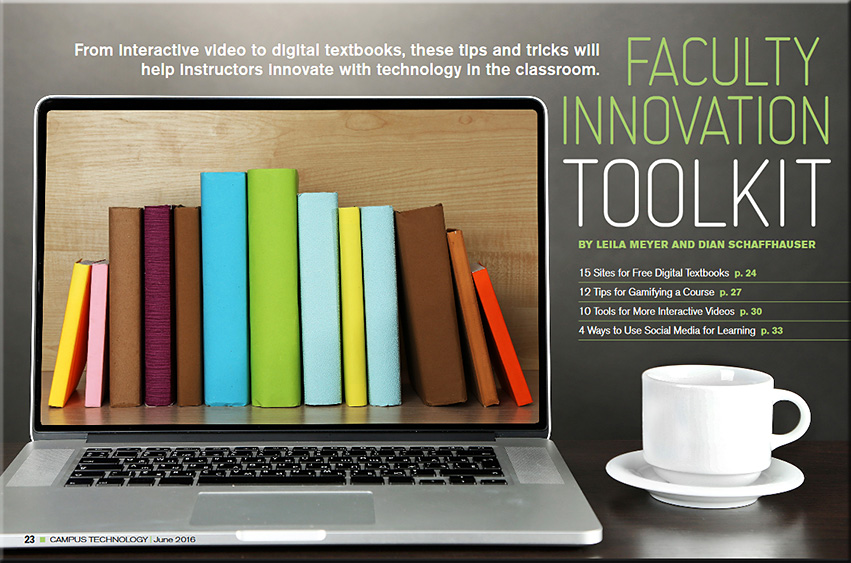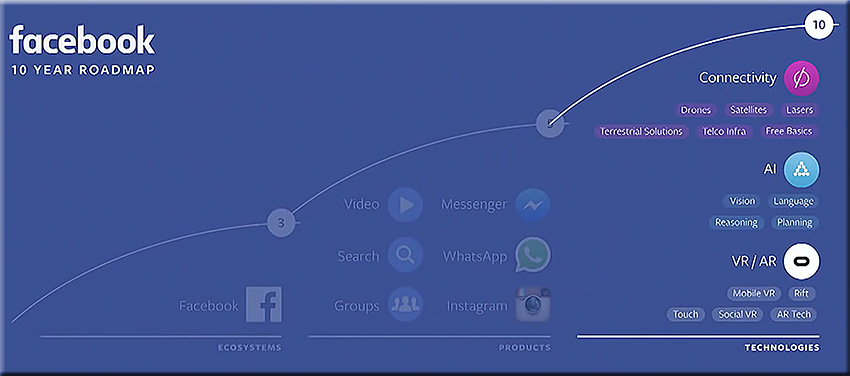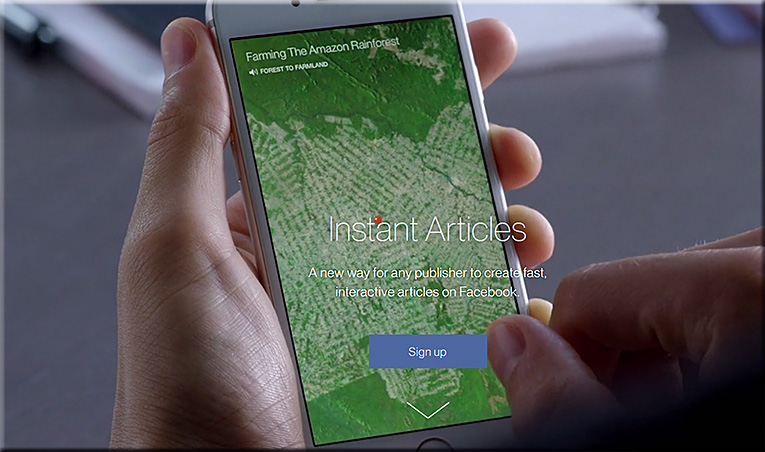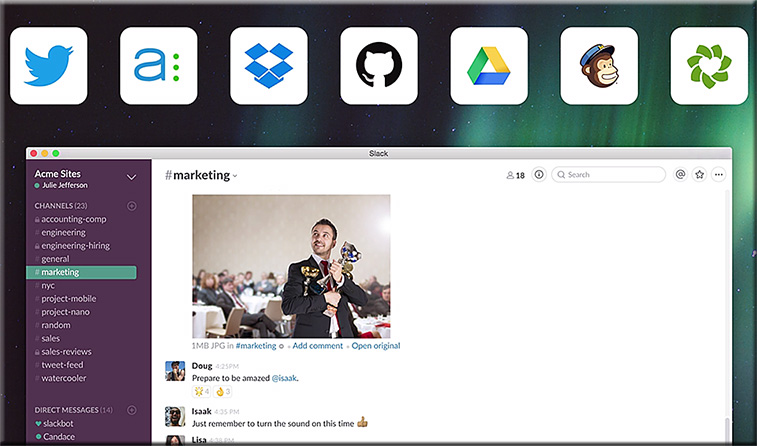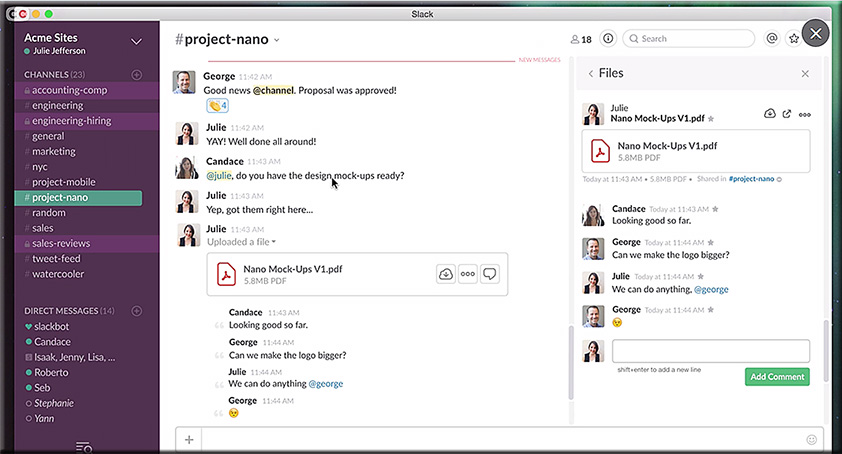Augray, An Augmented Reality Company Has Launched World’s First AR Messenger — from tada-time.com; with thanks to Mr. Woontack Woo for this resource
Excerpt:
Never before has there been a messenger app based only on AR.
Just by downloading the app with a selfie, you will get your avatar and up get to customize them! There are many clothing and style options to fit your personality and mood. Don’t worry, you can change their appearance at any time. Once you create your digital you, you will place them in any environment around you, with the default animation’s audio or with your own voice, you really make your avatar come alive. You can record the actions in the real world, record, and chat with your friends and family or post them in the inbuilt social media for everyone to see your creative recording or the to experience your digital you in their world! This app will change your social life for the better.
Also related/see:
The Future of Social Media is Here: The Rise of Augmented Reality
The Top 5 Virtual Reality and Augmented Reality Apps for Architects — from archdaily.com by Lidija Grozdanic for Archipreneur.com; again, with thanks to Mr. Woontack Woo for this resource
Excerpt:
Virtual reality and augmented reality tools for the AEC industry are getting increasingly better and more optimized. As prices keep dropping, there are fewer reasons why every architect, engineer, contractor, and owner shouldn’t use some form of VR/AR in bringing their projects to life.
From being a novelty a few years ago, VR/AR solutions are slowly becoming a medium that’s transforming the way professionals in the AEC industry communicate, create and experience content. Offering a more immersive experience of architectural designs, but also products and areas related to space building, VR and AR tools are becoming an industry standard that offers rapid iterations and opportunity to refine designs in collaboration with clients and colleagues.
Dell makes a VR Visor to go with its Alienware laptops — from engadget.com by Andrew Tarantola
It’ll retail for $349 when it goes on sale in October.
Addendums:
Microsoft’s new partnership with Valve looks like a win-win — from businessinsider.com by Matt Weinberger
Excerpt:
- Cheap VR headsets, priced at around $300, are coming to Windows 10 later this year
- Microsoft just announced those headsets will support apps and games from the Steam platform, which will greatly expand selection. Plus, Microsoft says it’s working on “Halo” content for virtual reality.
- The VR headsets will work with less powerful computers, potentially expanding the market.
Virtual reality, real rewards in higher ed — from universitybusiness.com by Jennifer Fink
Using augmented and virtual reality to attract students and engage donors














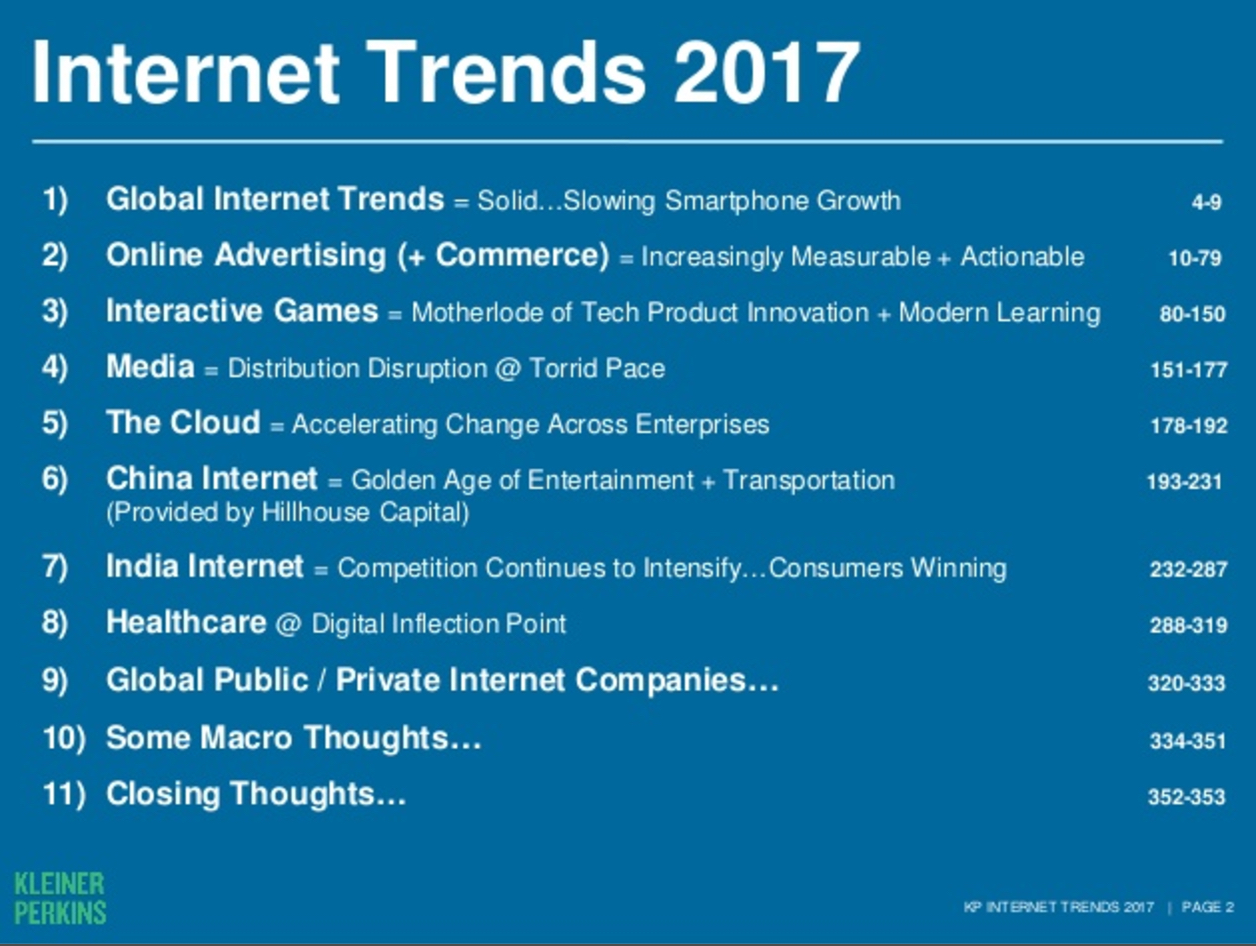

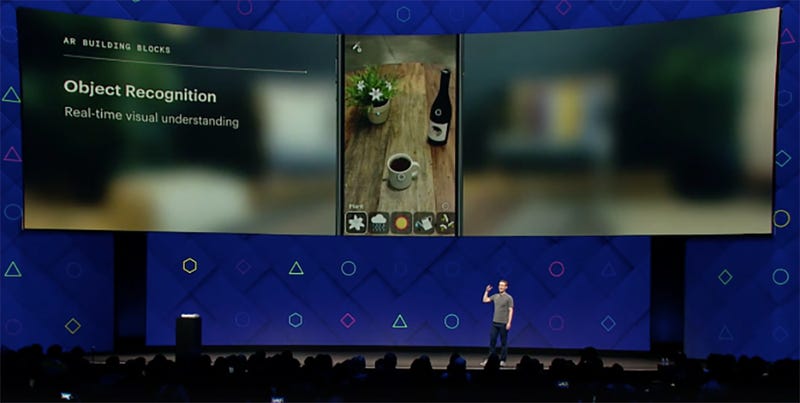
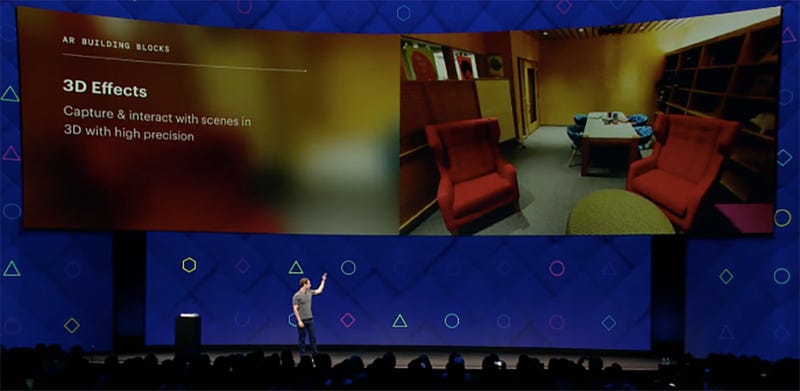
:no_upscale()/cdn0.vox-cdn.com/uploads/chorus_image/image/54320231/facebook_spaces_drawing.0.gif)


